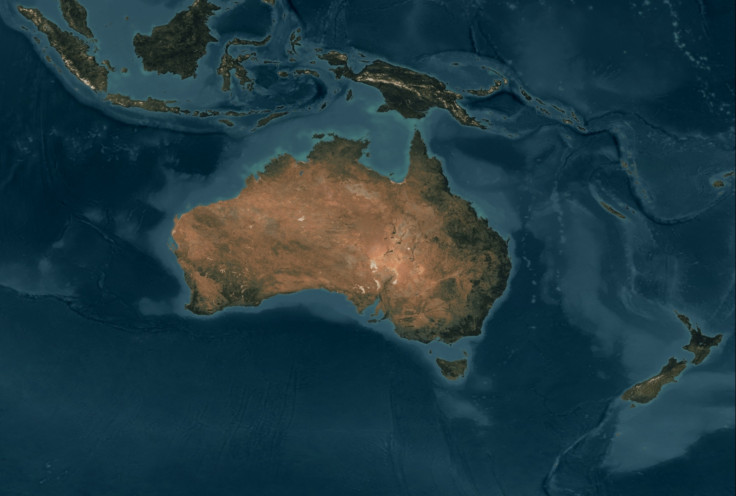Ancient supercontinent? Evidence suggests Australian town was part of North America 1.7bn years ago
During a global continental reorganisation phase, the landmass broke away and collided with Northern Australia's Mount Isa region.

Researchers have uncovered pieces of North American sedimentary rocks in an Australian town, of all places. The discovery not only suggests that the two landmasses existed as one but also bolsters evidence of an ancient supercontinent that is believed to have formed some 1.7bn years ago.
While studying the rocks of Georgetown in Northern Australia, researchers from Curtin University found something a little 'off'. The pieces of sedimentary sandstone from that region looked different and did not match any known rock deposits in the country.
Further studies revealed that the rocks had a striking similarity to the ones found in Canada in North America.
This led the researchers to posit that the landmass, which currently hosts Australia's Georgetown, was once a part of North America. They believe that the piece broke away from the continent some 1.7bn years ago and collided with Northern Australia's Mount Isa region.
"The team was able to determine this by using both new sedimentological field data and new and existing geochronological data from both Georgetown and Mount Isa," said study co-author Adam Nordsvan, a student at Curtin University's School of Earth and Planetary Sciences.
The break-up and collision, which happened over some 100 million years, marked a critical phase in global continental reorganisation, according to Nordsvan. During this period, almost all continents on Earth grouped together and formed an ancient supercontinent called Nuna, aka the Columbia supercontinent.
As per a Guardian report, global continental reorganisation involves cyclic formation and separation of continents due to tectonic movements. A more recent example is supercontinent Pangea, which formed some 335 million years ago, but separated 160 million years later.
Something similar is believed to have taken place with Nuna, which broke apart 300 million years after its formation. However, when that happened, the Georgetown region became a part of the landmass of the Australian continent.
Among other things, the researchers have also got evidence suggesting that the mountains in the Georgetown region and Mount Isa were formed due to the collision of the North American landmass.
"Ongoing research by our team shows that this mountain belt, in contrast to the Himalayas, would not have been very high, suggesting the final continental assembling process that led to the formation of the supercontinent Nuna was not a hard collision like India's recent collision with Asia," said Zheng-Xiang Li, another author in the study.
The study, published in the journal Geology, has been touted as the first solid evidence that indicates that the two continents were connected in the past. More data will be needed to confirm the link, but it is plausible that at some point, the whole northern tip of Queensland above Georgetown was a part of North America, the report noted.





















